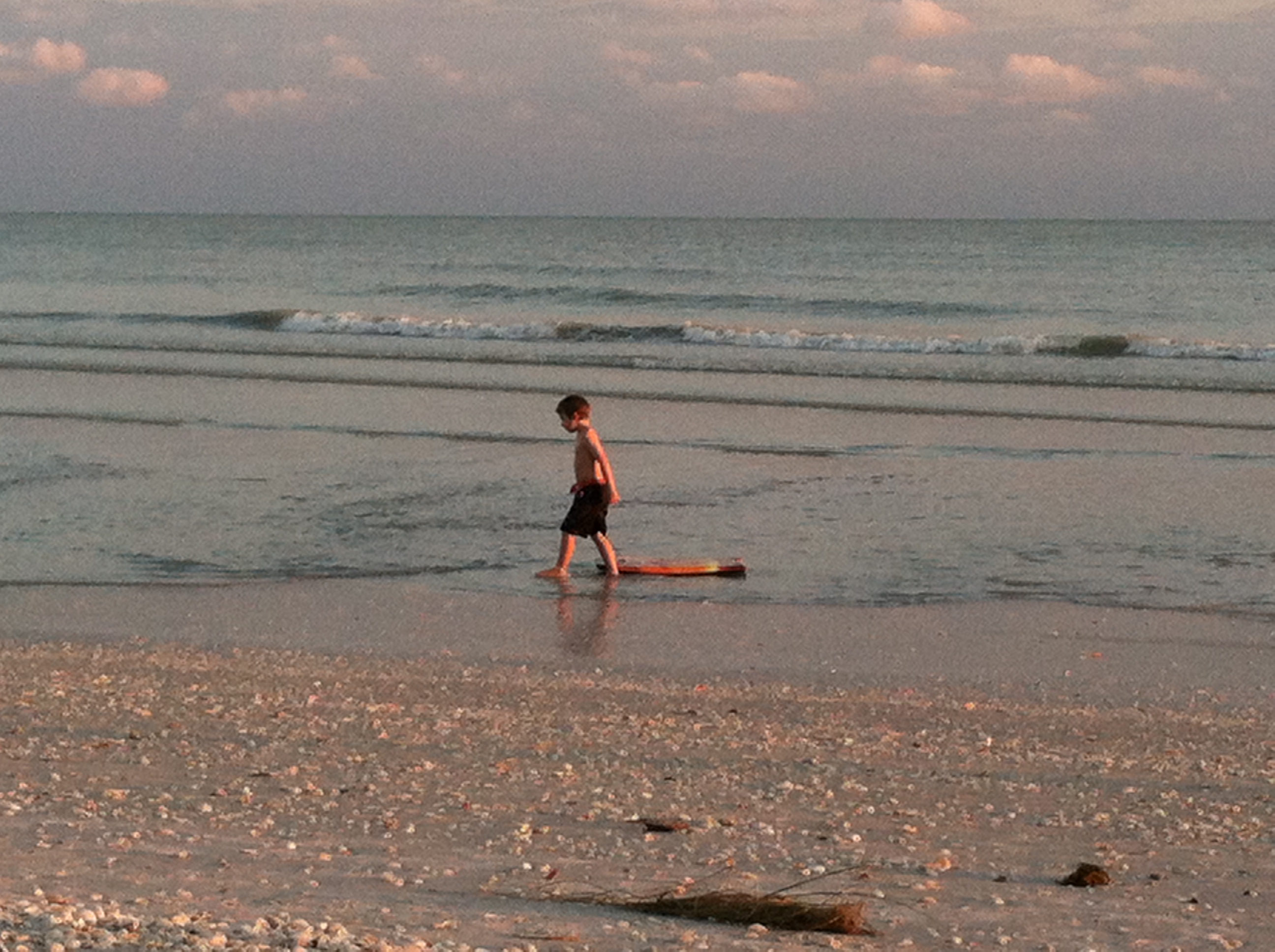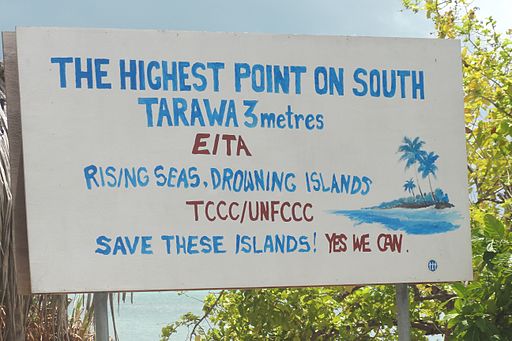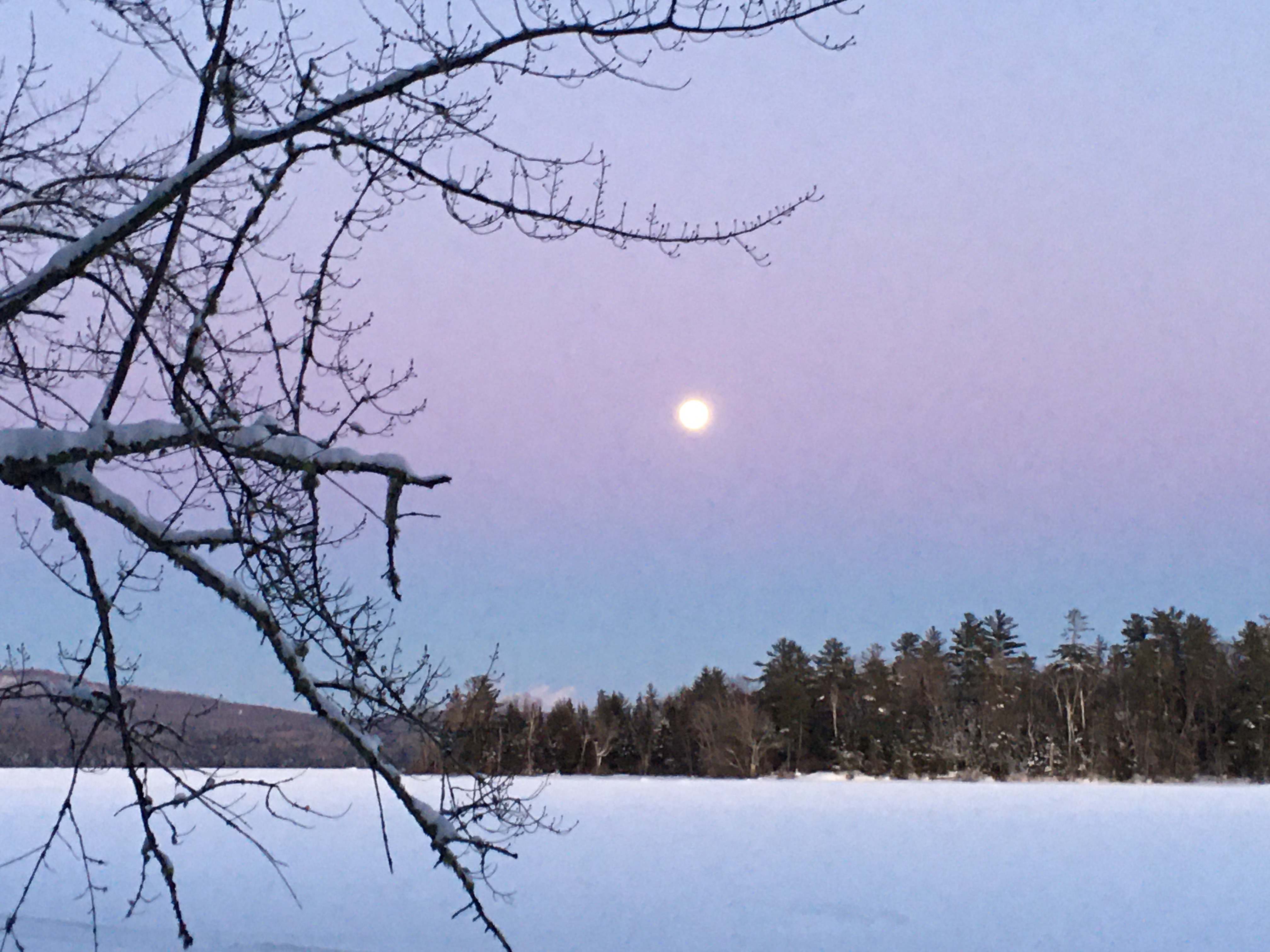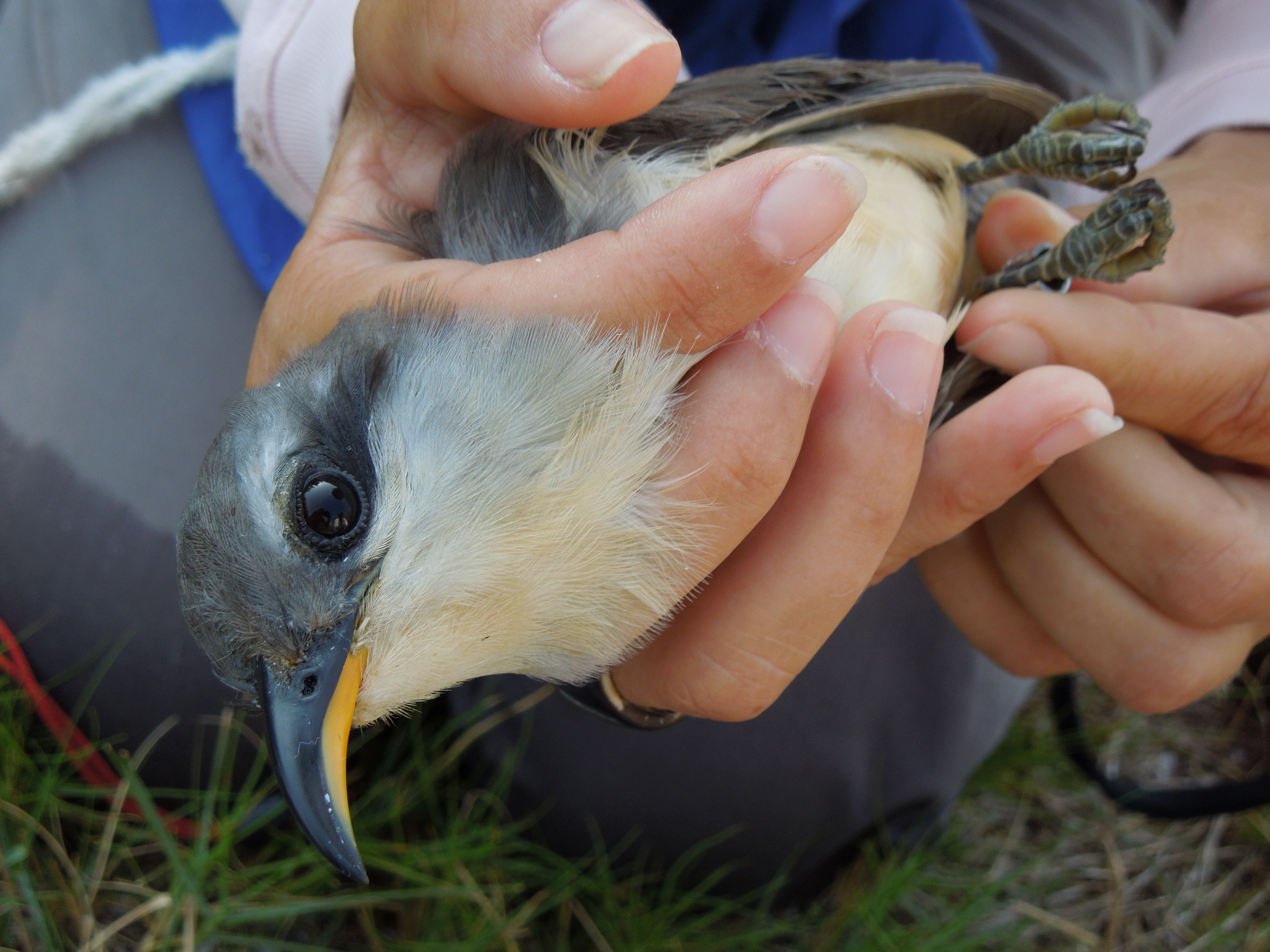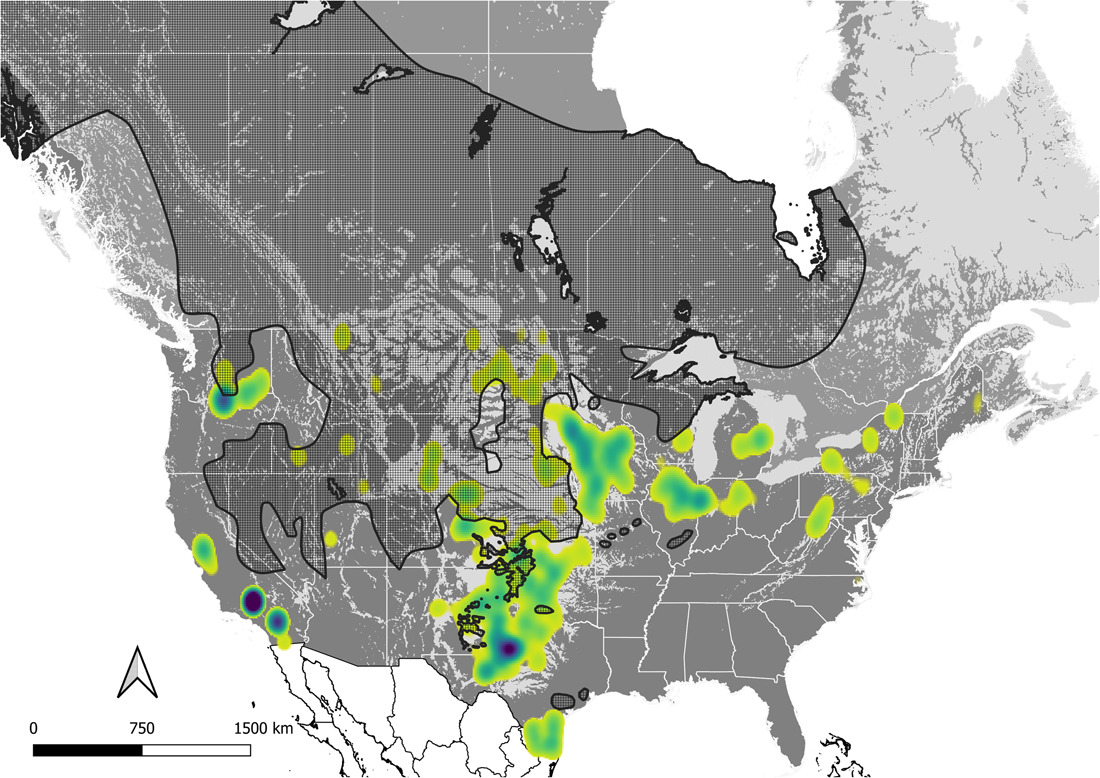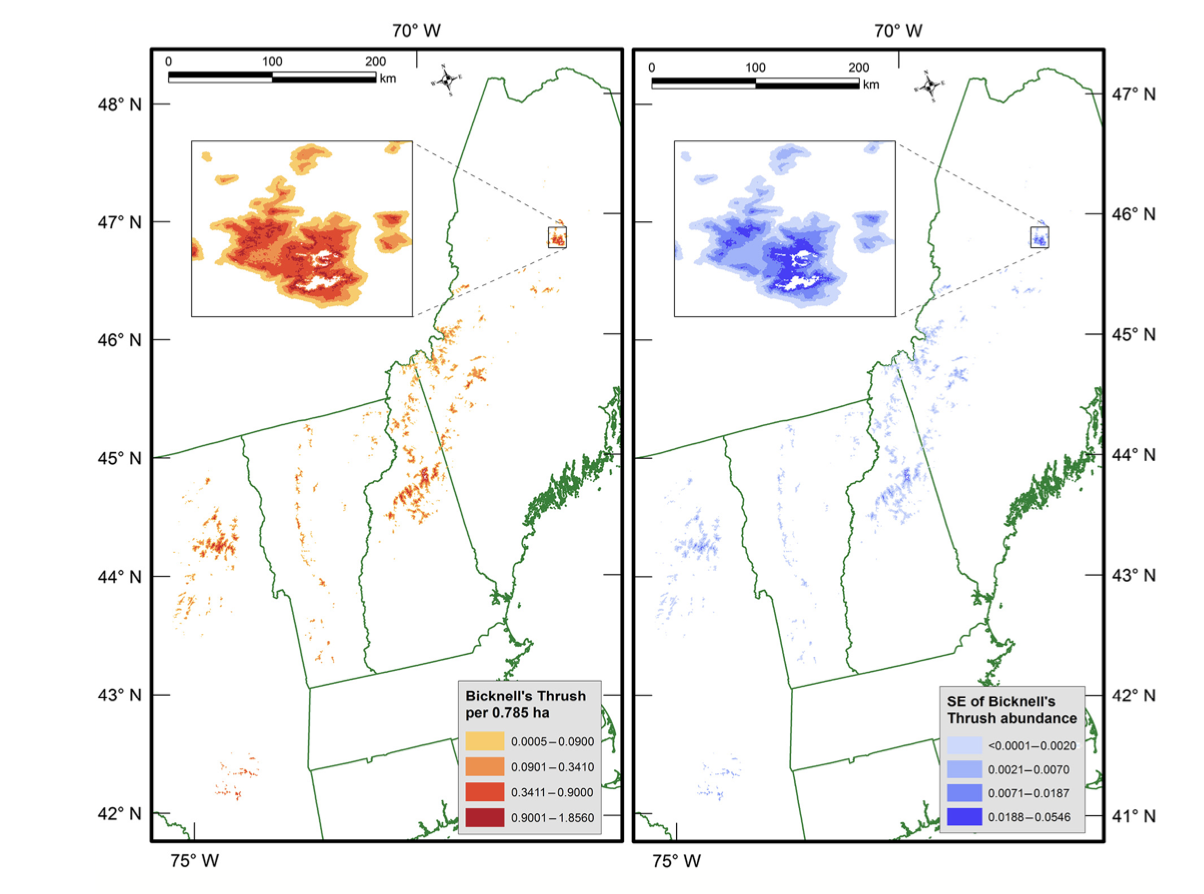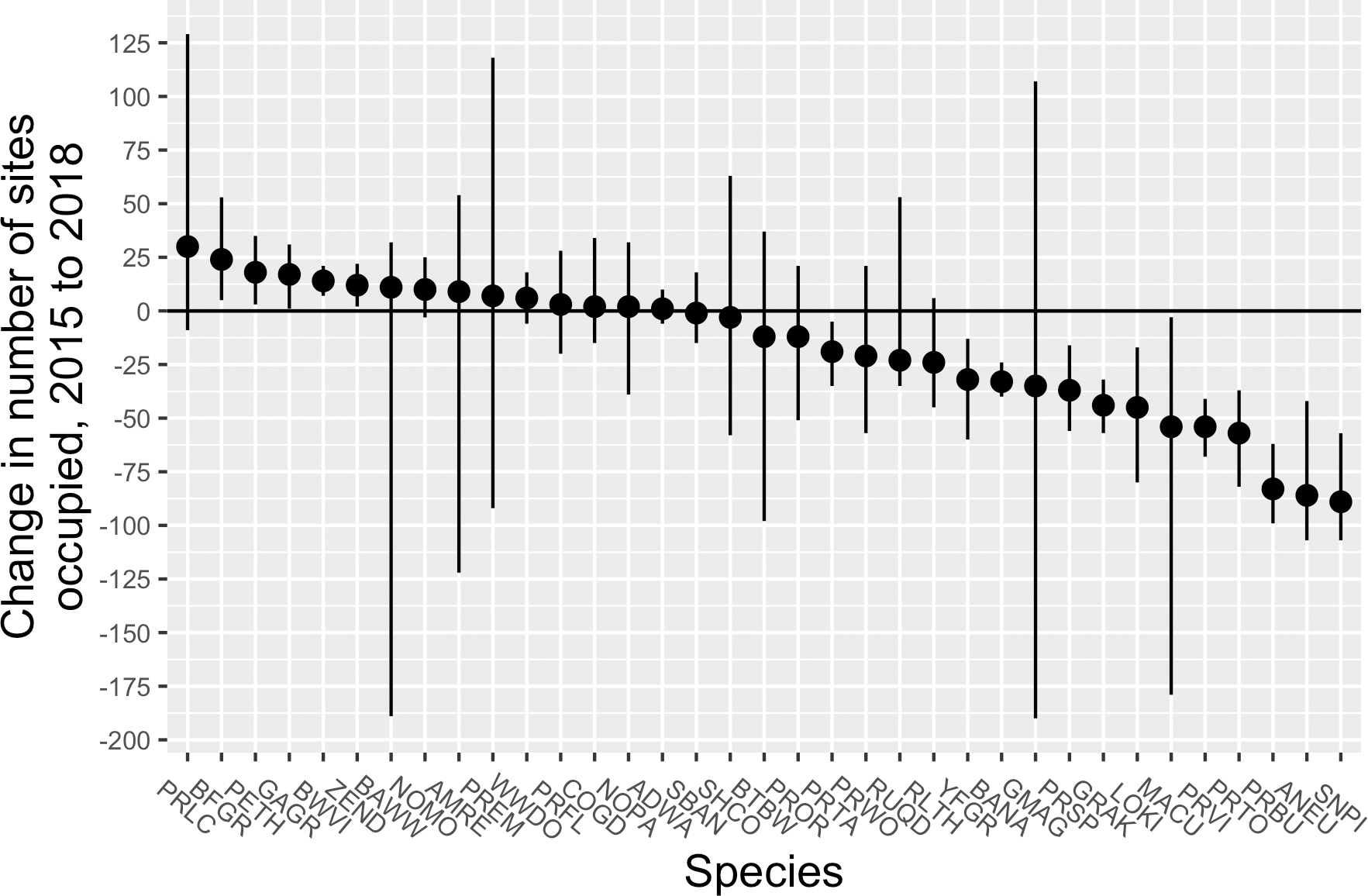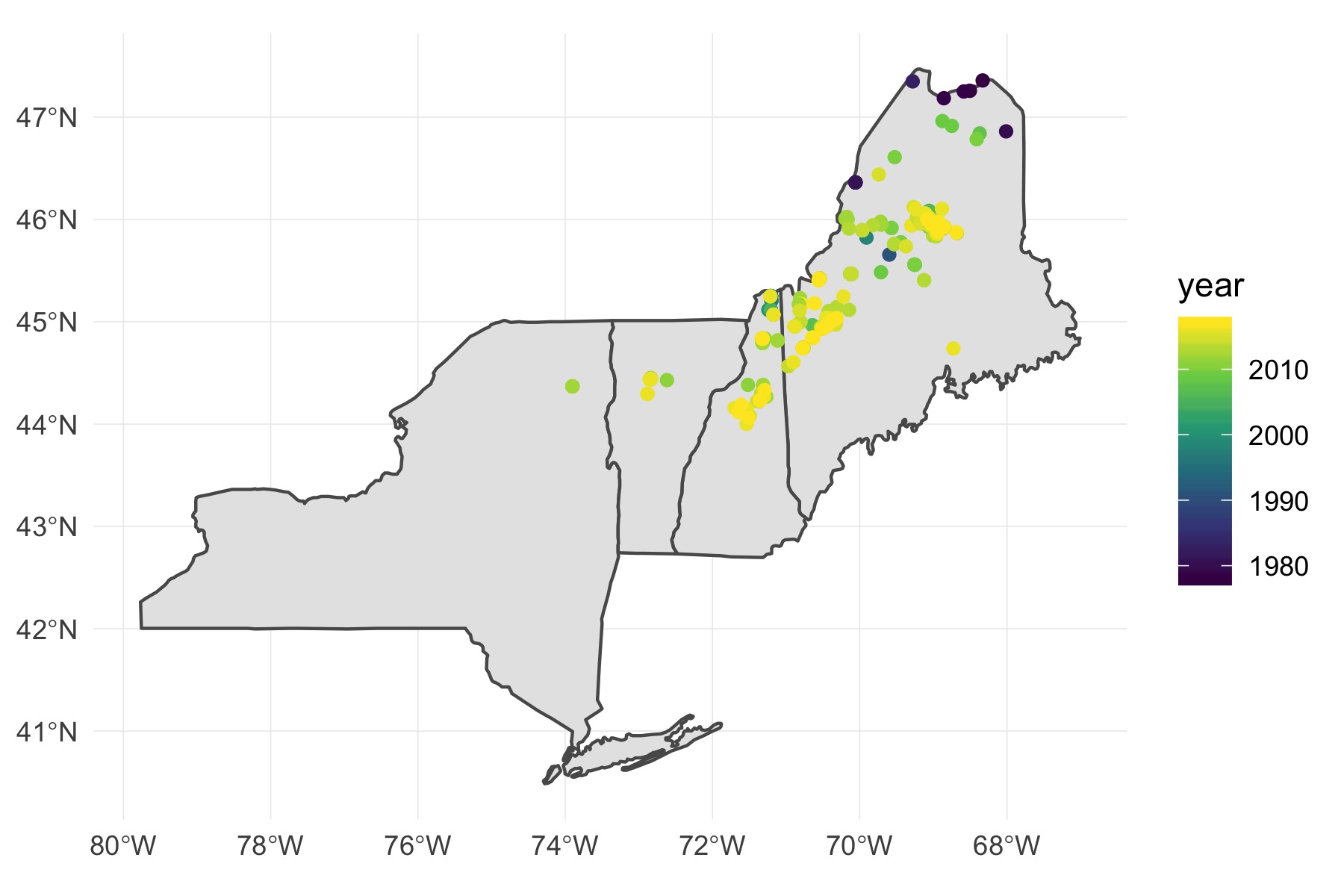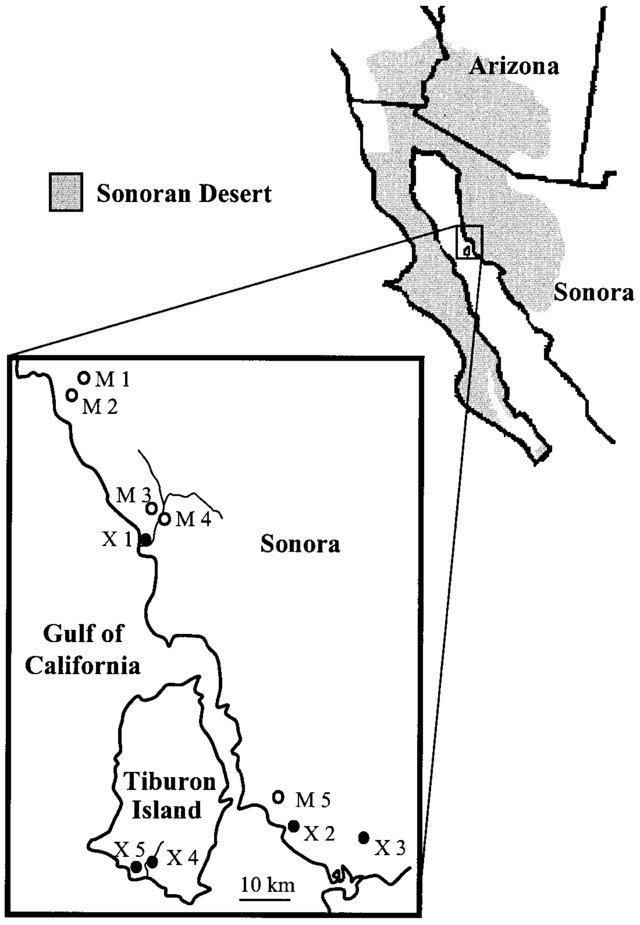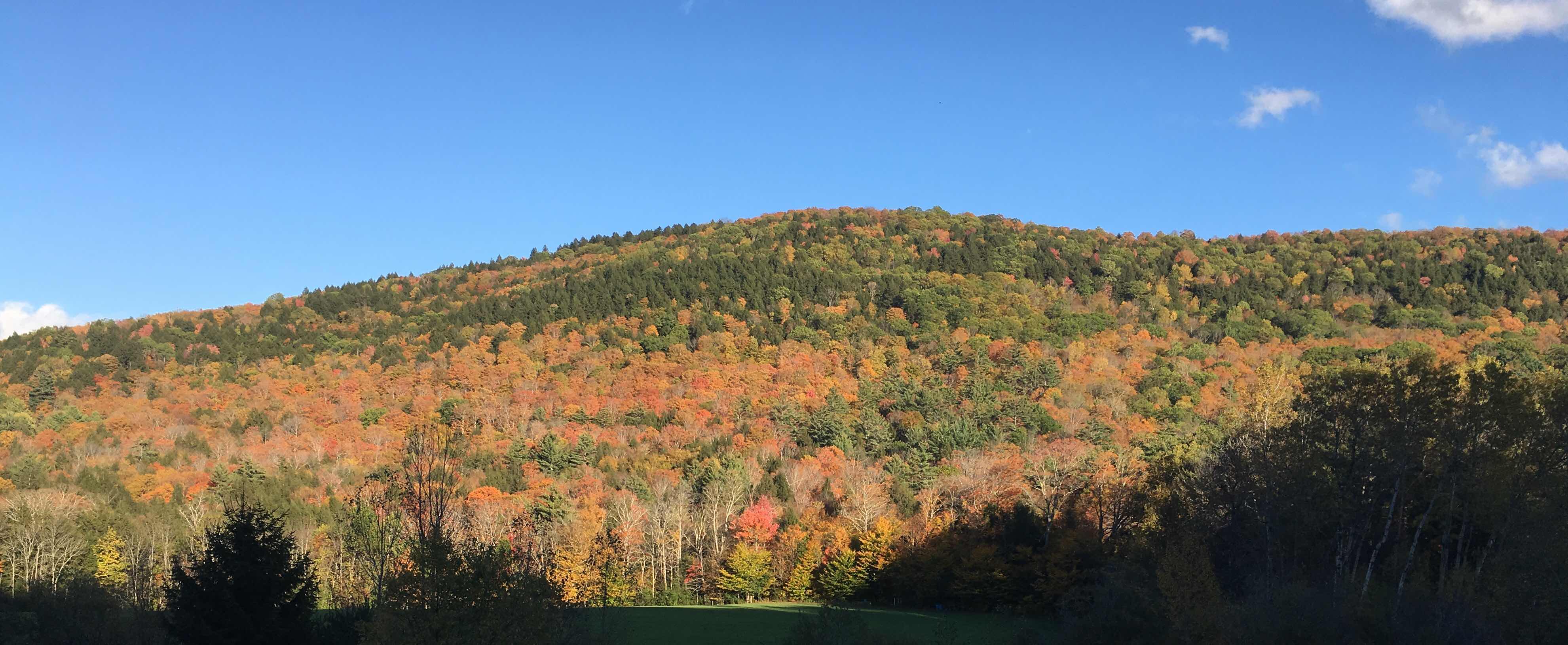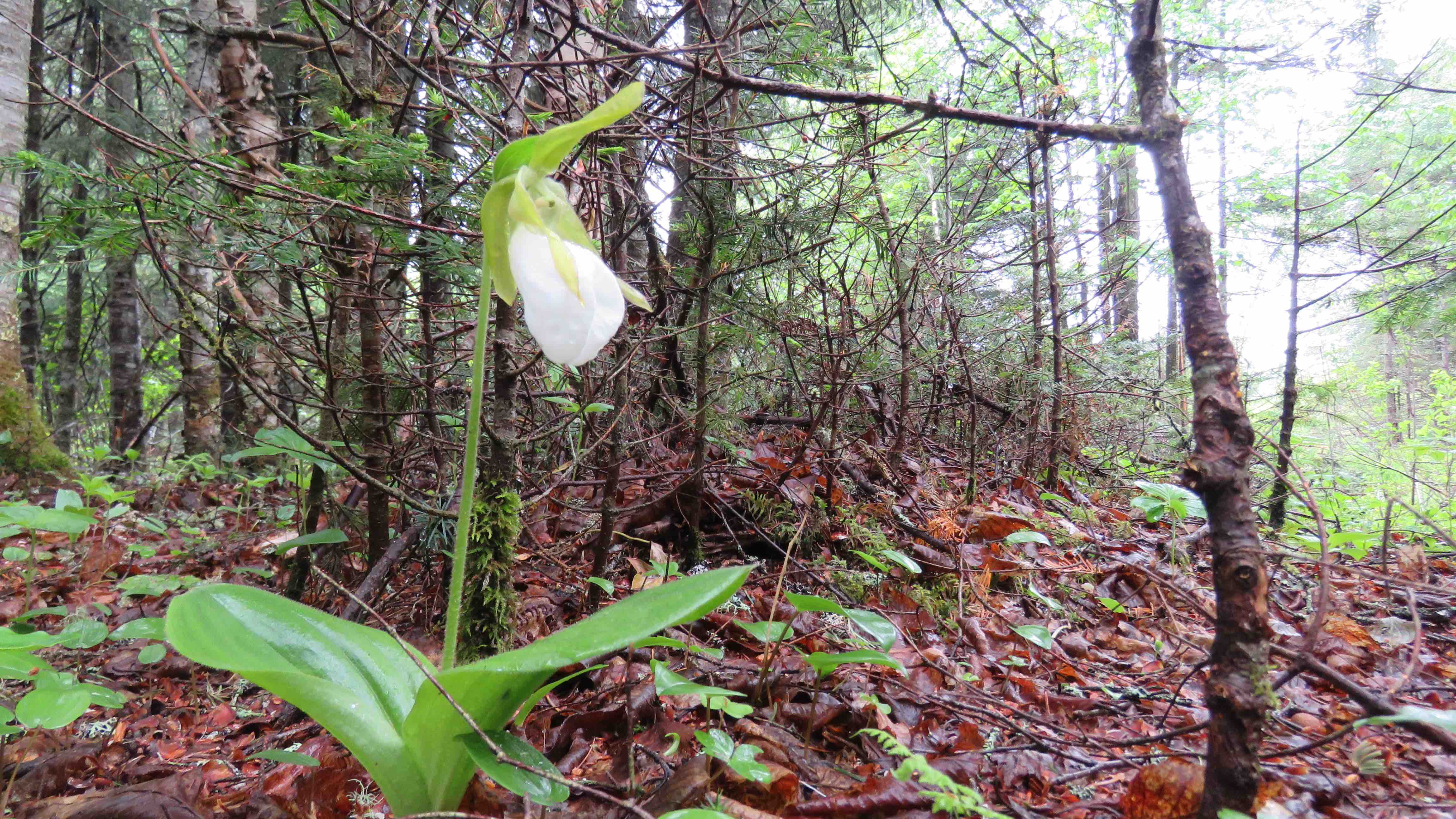
John D Lloyd
Biography
I am an independent scientist, writer, editor, and explorer of the natural world. My research interests are broad, ranging from natural history to sustainable development. I am a freelance editor at PLOS Biology.
Most of my writing is scholarly. Sometimes I write about more interesting things, though. When I do, I post it here.
Interests
- Conservation Biology
- Quantitative Ecology
- Natural History
Education
-
PhD in Wildlife Biology, 2003
University of Montana
-
MS in Wildlife Ecology, 1997
University of Arizona
-
BS in Wildlife Biology, 1995
University of Vermont
